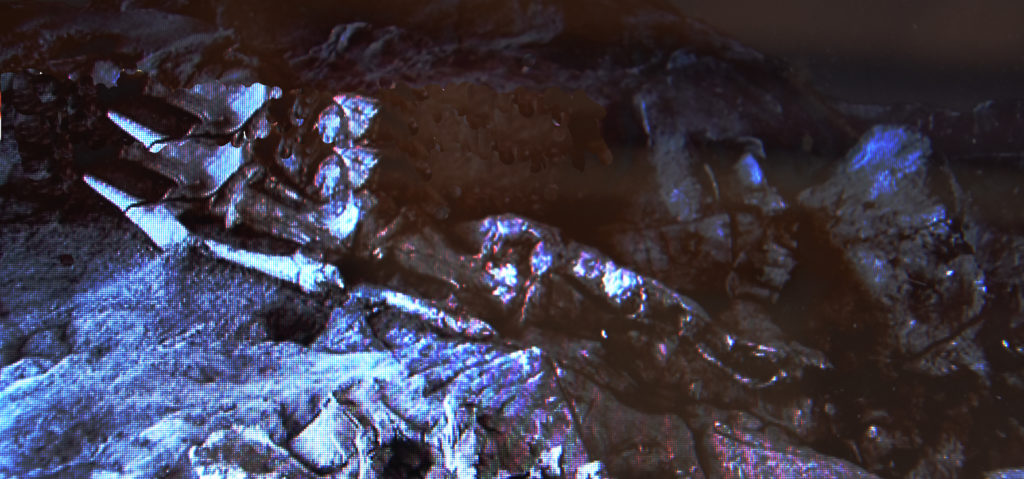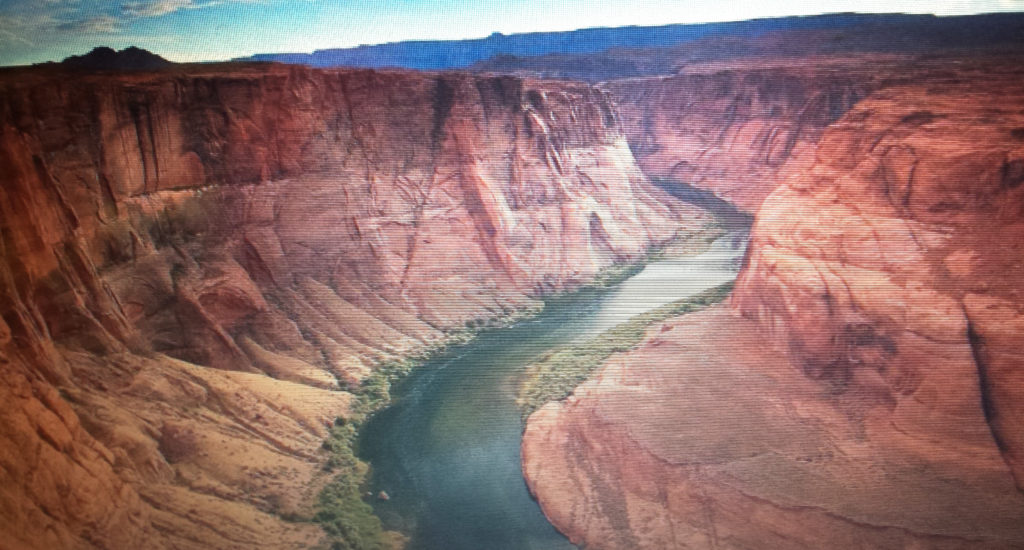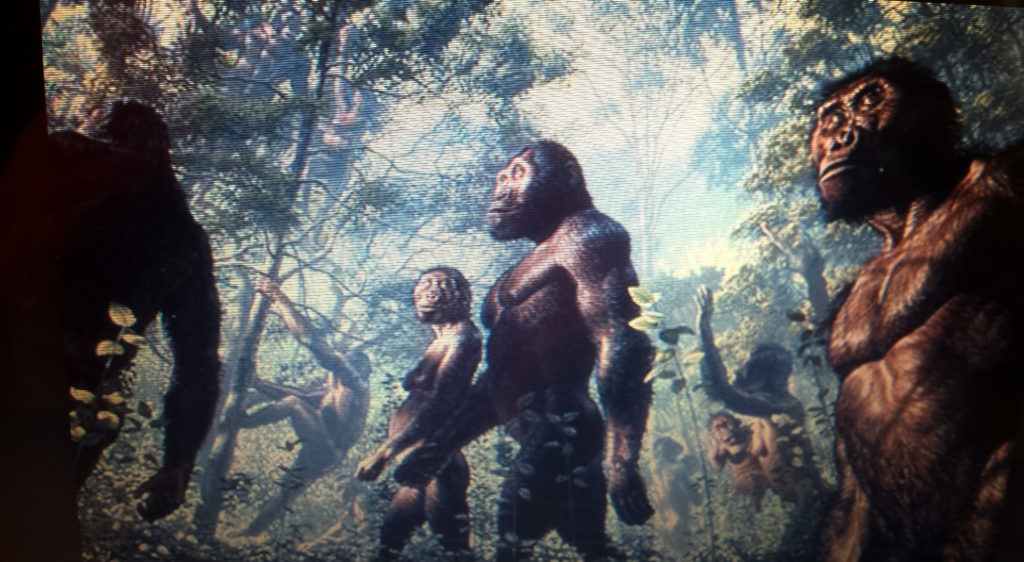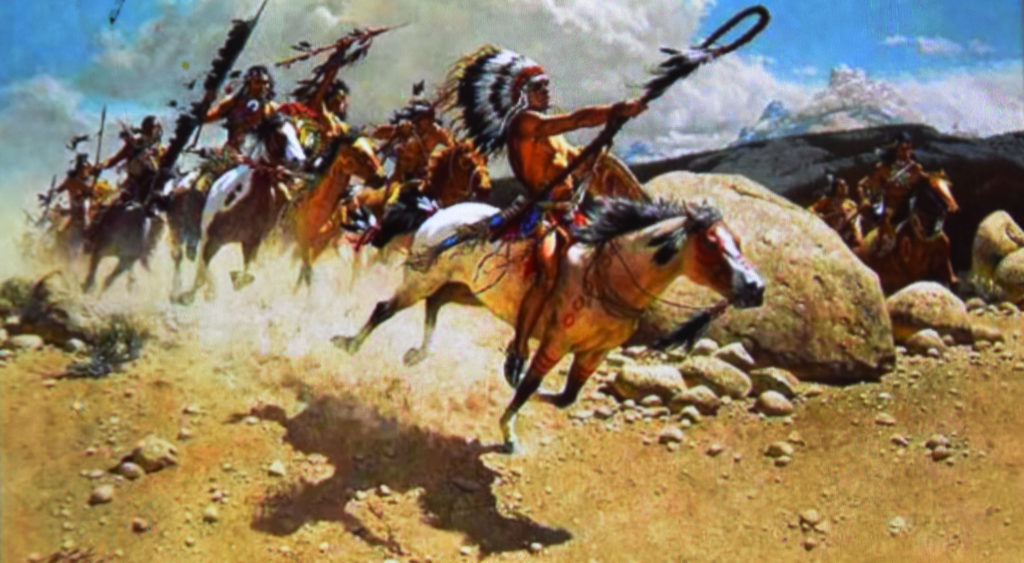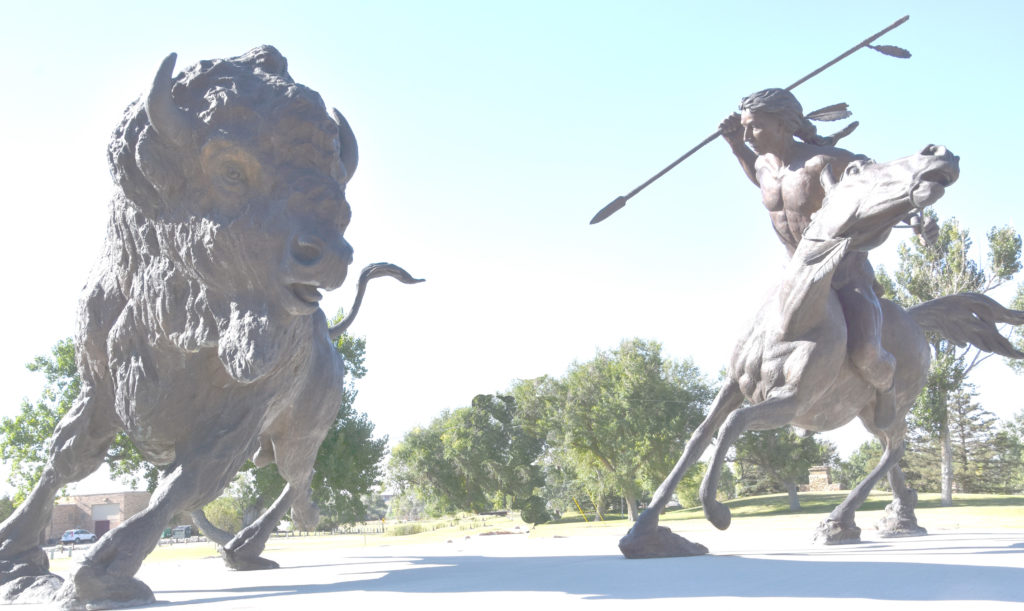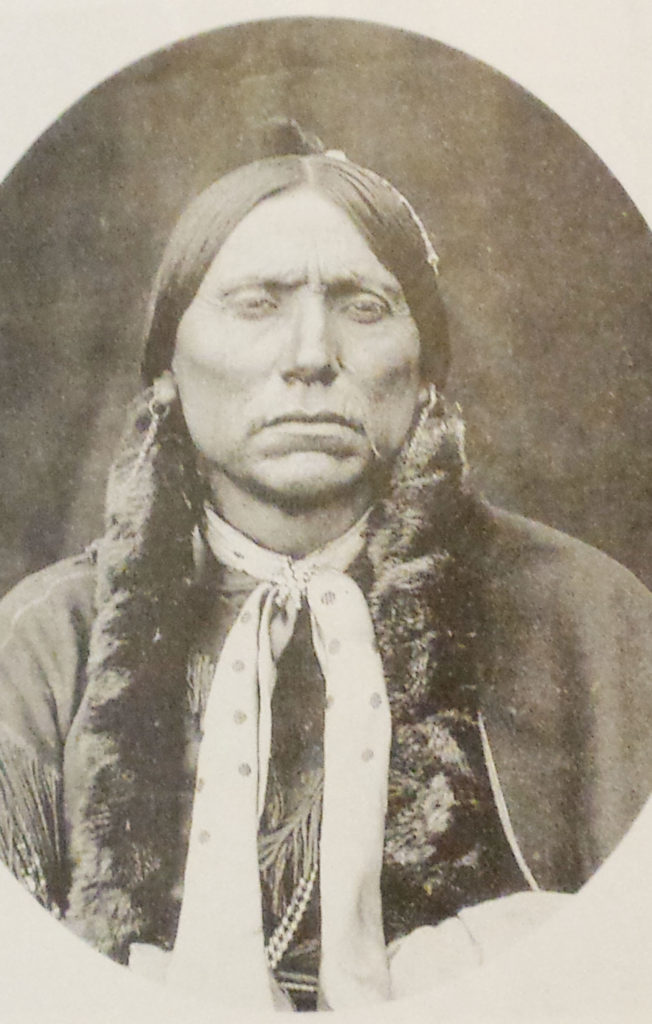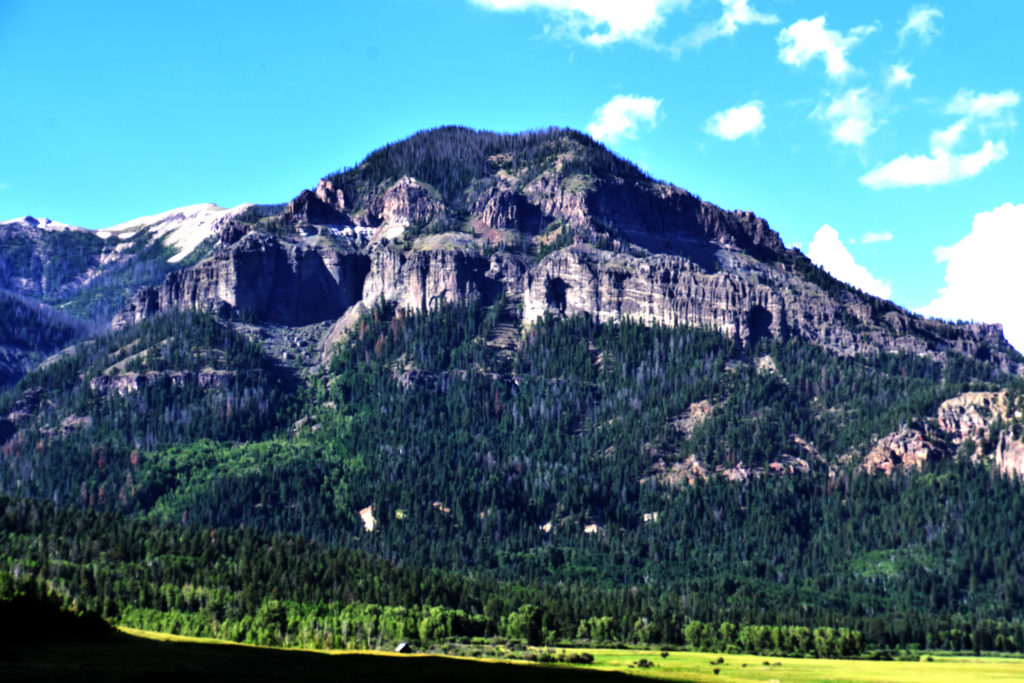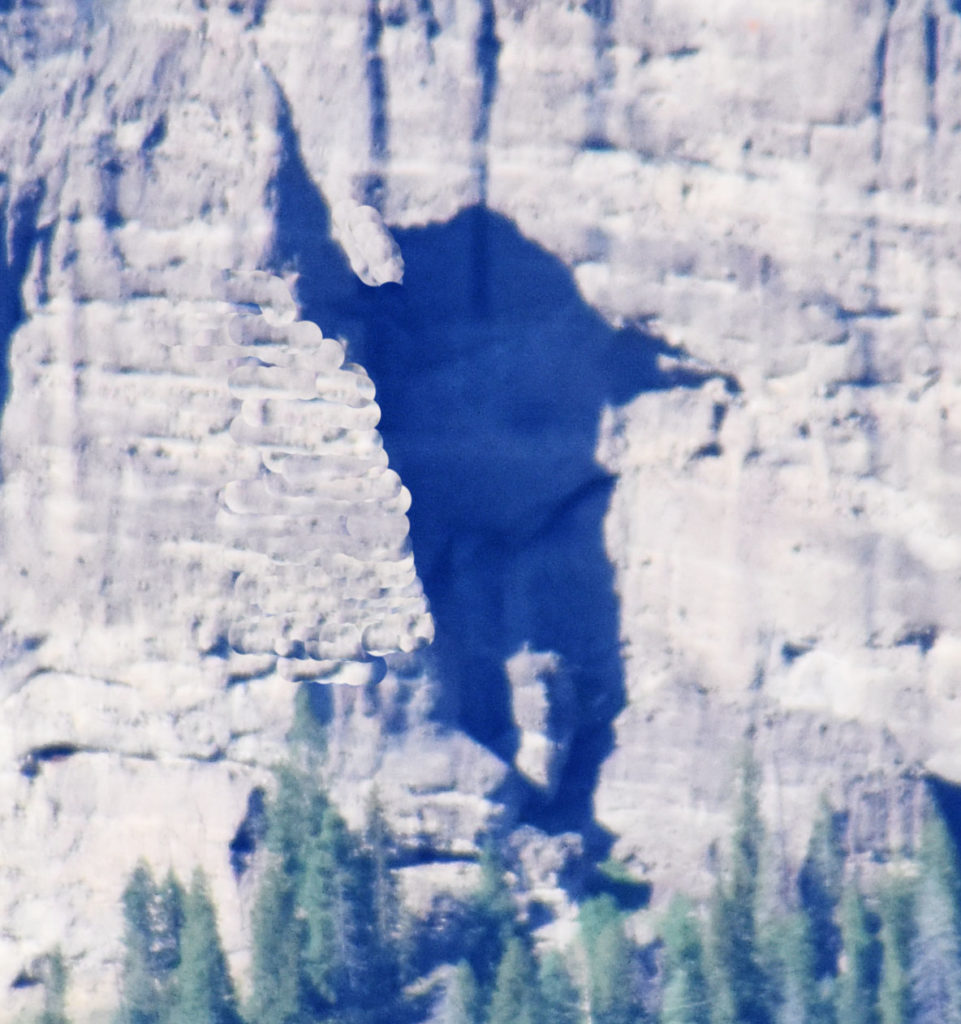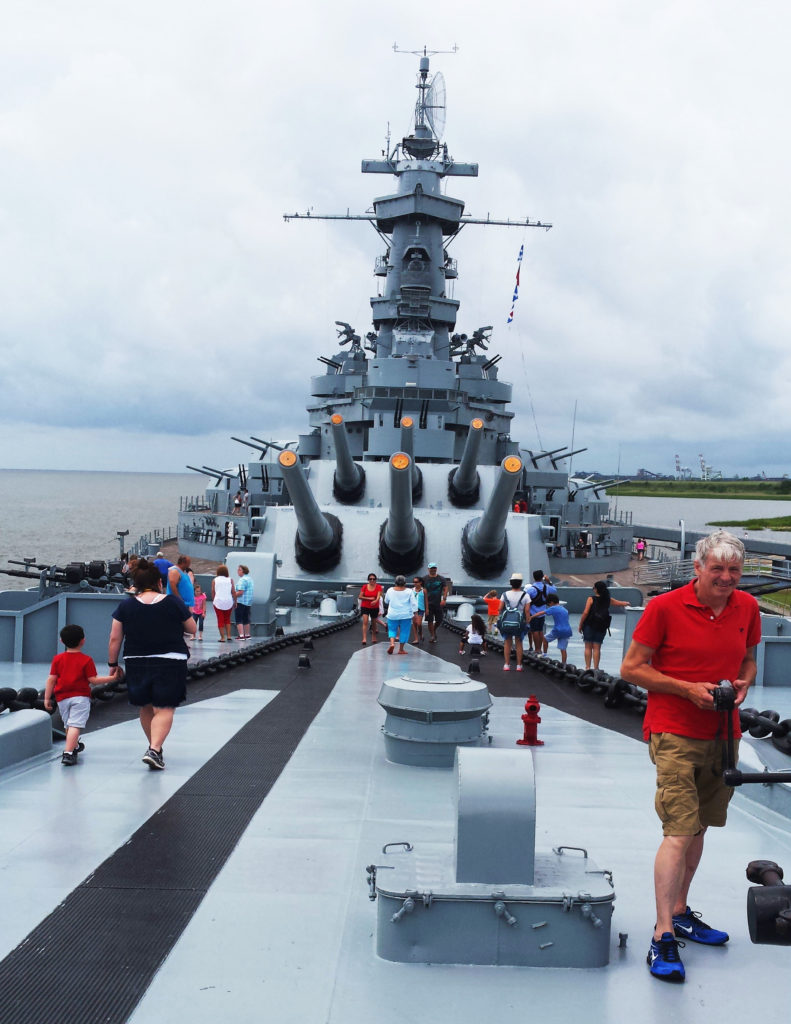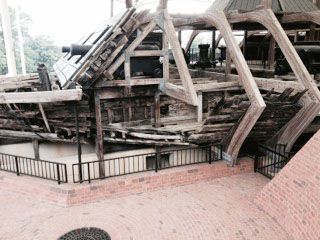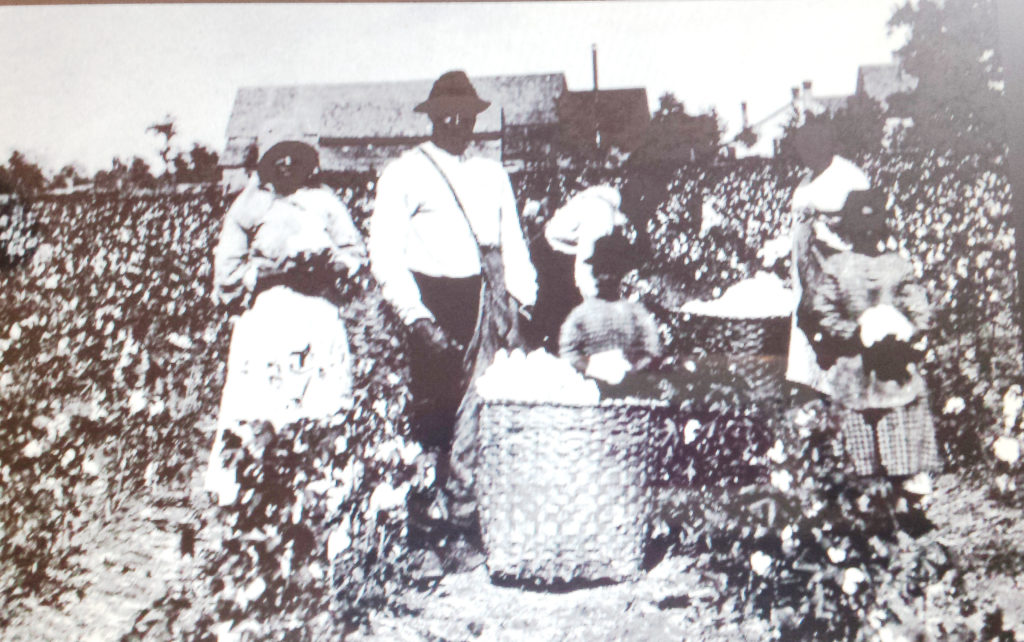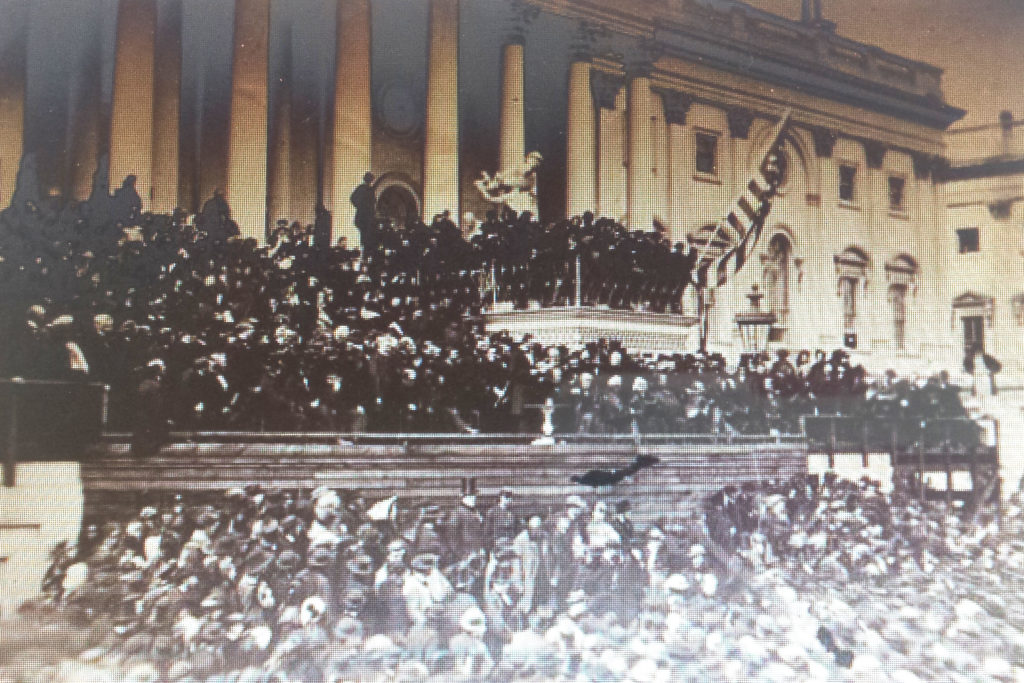Of Flesh and Fossils
Earth had been around for 95% of its history when, on a warm summer’s day in what would become the western United States, a basketball-sized head arose from the surface of a shallow tropical lagoon in the late Jurassic Period. Over the next minutes a snake-like form attached to that small-brained head lifted from the waters behind it. Then, slowly, emerging from the depths, was the most remarkable living thing seen on planet Earth up to that time. For following the head was a neck 26 feet long, a body that stood 13 feet high at the shoulders, and a 45 foot long whip-like tail. This huge cold-blooded animal, the largest on Earth, was a sauropod, a long-necked plant eating dinosaur, eventually to be named Diplodocus.

Walking slowly and gracefully across the lagoon’s bottom and then emerging with water rolling from its massive grey form, the dinosaur made its way to the shore on its heavy, trunk like legs. It walked with its neck low and swinging and its head bowed as it scanned the shallow creek bottom it was ascending. It stopped and stopped again to roll over the smooth water-borne stones that lay underfoot.
Diplodocus ate grasses, leaves, twigs, bushes. It had small peg-like teeth in the front of its mouth to nip or strip off its food. But unlike modern horses with these same front teeth, Diplodocus had no rear molars for chewing. Instead, once the dinosaur swallowed, it relied on a gizzard then a stomach to further reduce its food. And to do this, the huge dinosaur needed 7 or 8 smooth three pound rocks sitting in its gizzard to rub and roll and to grind those items which had made their way down its long neck.
Diplodocus had discovered the stone she wanted and she opened her mouth to grab it. Holding the stone between her jaws, she slowly swung her head and neck up until they extended full above her body. Her throat released and contracted, she swallowed and the stone slid down inside her neck to her body.
But this remarkable happening was being watched carefully. Behind a nearby fern tree was a most interested and hungry observer. Tyrannosaurus Rex’s great, great grandfather, Allosaurus, was planning his attack. Allosaurus, though not nearly as large a dinosaur as Diplodocus, was an aggressive and highly mobile meat-eater. He was fast, agile, and ran on two hind legs. His head was twice as large as the bigger dinosaur, and his teeth were five inches long, serrated on front and back. And like sharks, he had six teeth in line behind each of those being used in case one should break. His forward arms were small by comparison to his rear legs and he held them close to his body. But they were vicious weapons each with three fingers that were tipped with six inch long sharp, curved claws.
Just as Diplodocus swallowed the stone, with her head raised and eyes unaware, Allosaurus attacked. He came from behind on the big dinosaur’s left side and extending his right arm, deeply raked the belly of Diplodocus. Allosaurus was next intent on grabbing the big dinosaur by the neck where, with its powerful jaws, it could easily sever the spinal cord. But though Diplodocus had just endured a gruesome wound, her long tail responded instinctively and whipped around to knock the attacking dinosaur off balance and hard against a nearby tree. Allosaurus was incapacitated by the great blow and jarred by collision with the tree. Ribs had been broken and he could no longer mount an attack. He retreated into the forest.
Diplodocus was in agony and had received a mortal wound. She slowly returned to her family who waited in the lagoon, but she was bleeding heavily and had bones and entrails exposed. The next day she left the water alone, returned to the creek, and in her weakened state, she lay down and died.
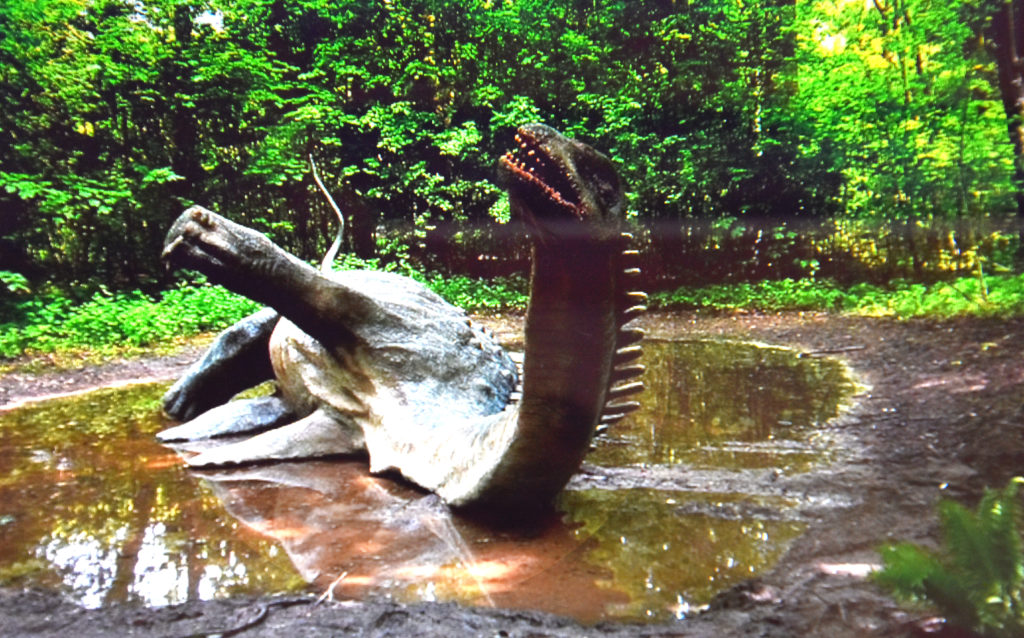
The Jurassic Period was followed by the Cretaceous then by the Cenozoic Era, and over this vast timeline Diplodocus’s bones remained buried. The creek where she died covered the dinosaur with sediment, seas advanced and retreated, more deposition of mud and sand occurred, and the animal’s bones eventually filled with minerals and fossilized into stone. During the Laramide Orogeny (see “Man from Welded Tuff”) the ground where Diplodocus lay buried uplifted and strata in which she lay rose to a 45 degree angle. Erosion quickened and over time part of the sauropod’s bones became exposed above ground.
In 1909, Earl Douglass, a paleontologist collecting fossils for the Carnegie Museum of Natural History, discovered bones on a slope of the Uinta Mountains in northeast Utah. An extraordinary display now exists at Dinosaur National Park. As one looks at the bones that have been partially carved from the mountainside’s solid rock, one feature is of a long series of tail vertebrae belonging to a large sauropod. What makes these tail bones unique is their strange shape. Each vertebra has two rows of bones that lie on the underside of its tail. This apparently was to provide extra support and greater mobility for the huge appendage. It was this skeletal configuration that gave the dinosaur its name, Diplodocus, or ‘double-beamed lizard.’
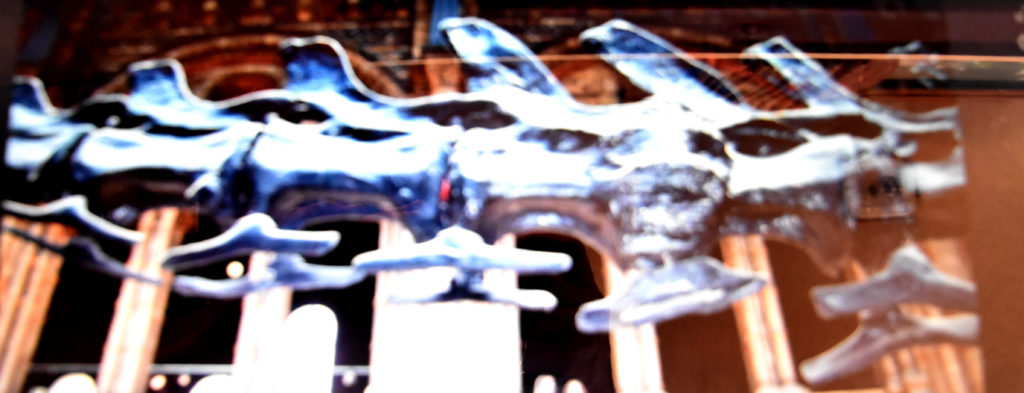
And so “Dippy”, one of our largest and best known dinosaurs, was found not so long ago high in the Rocky Mountains. And though her magnificent tail did not save her that tragic day on the shores of a lagoon long ago, its presence in the fossil records tells us the ancient story of a mighty giant.
